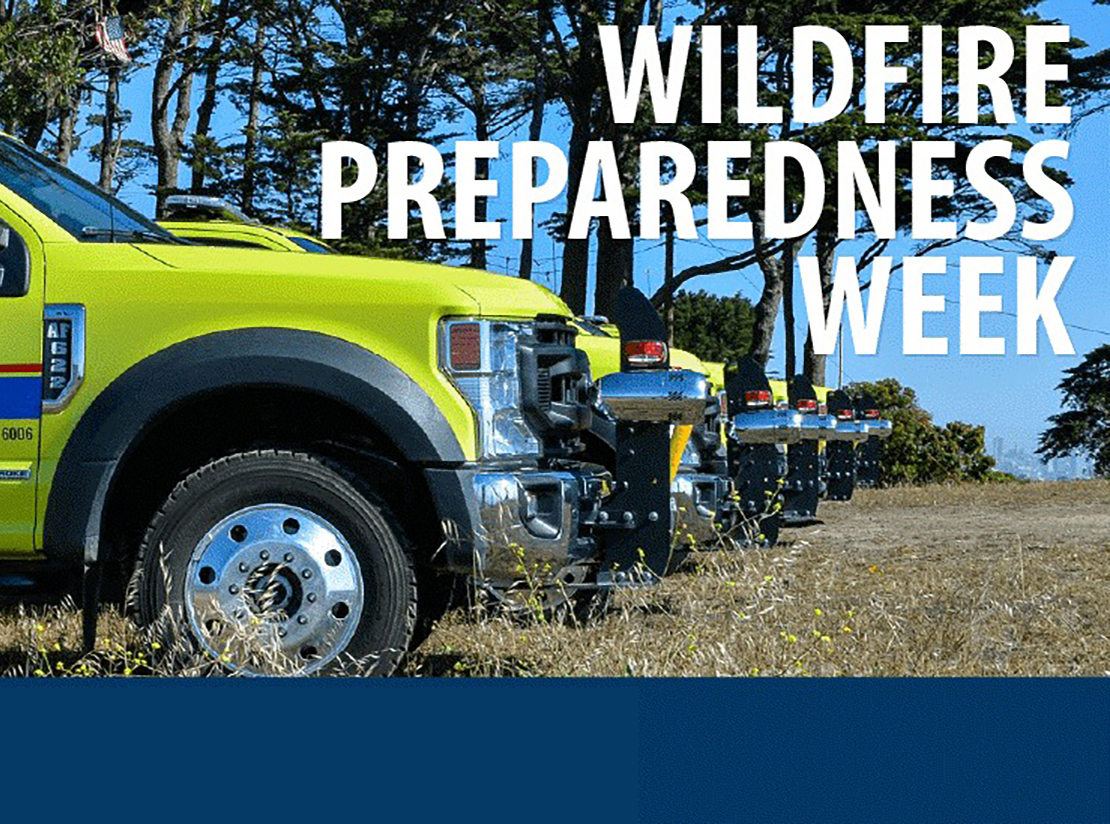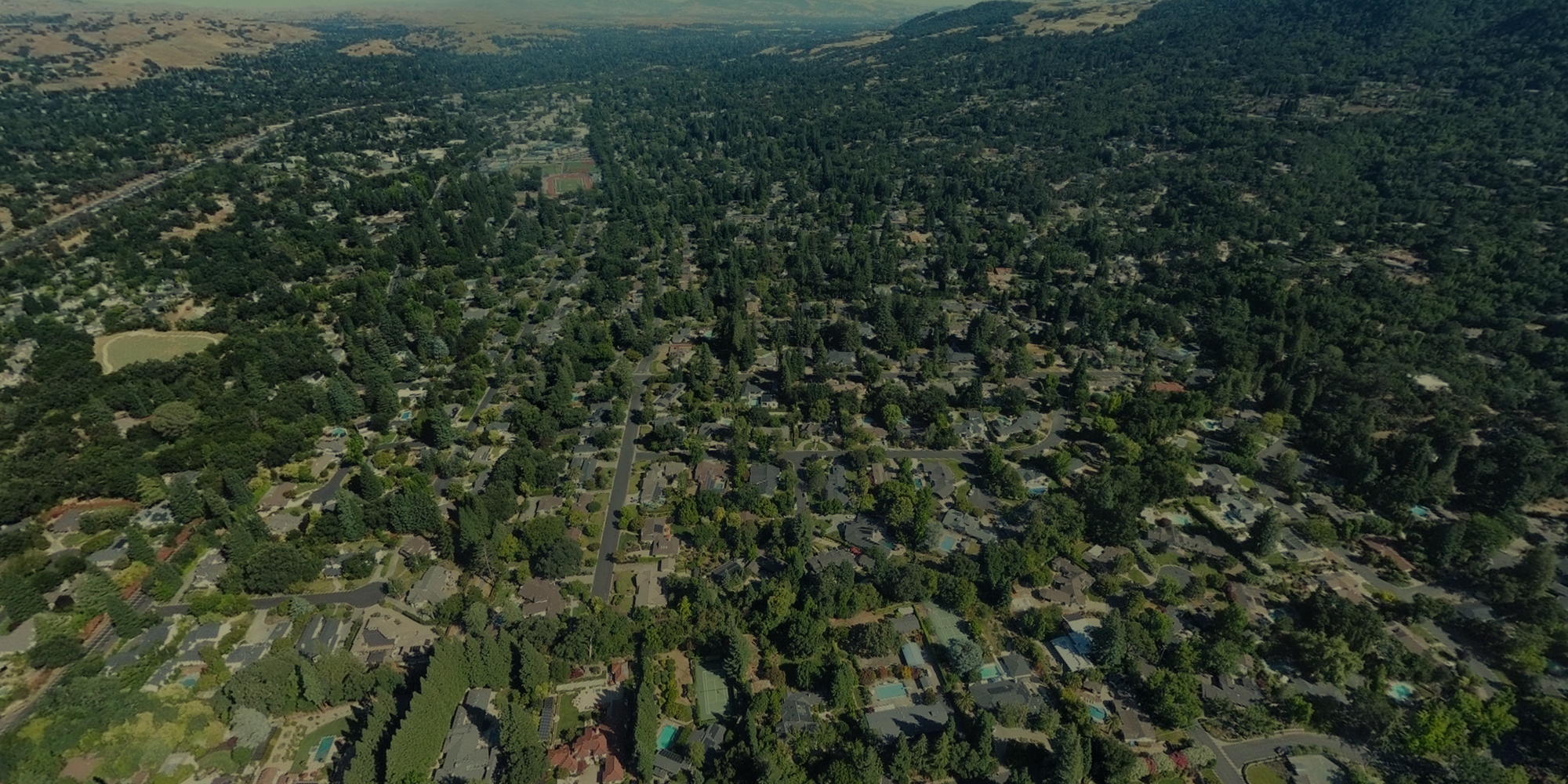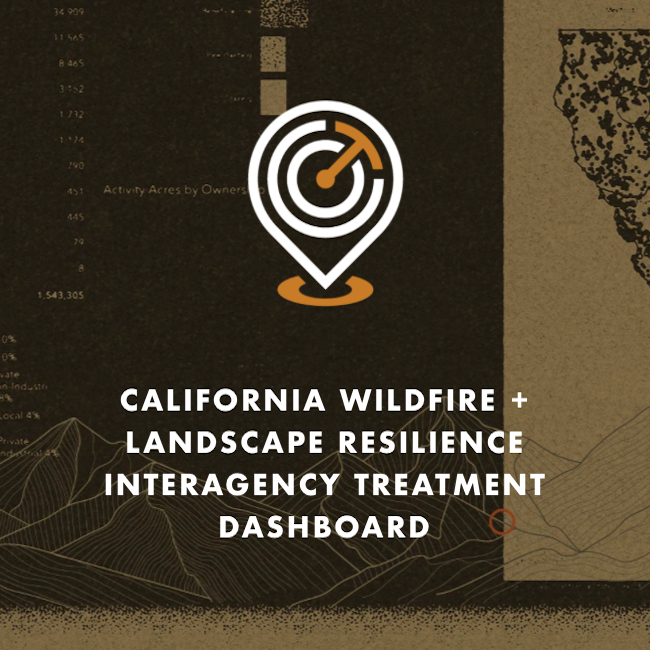State Commission Adopts Report on Wildfire Insurance Crisis
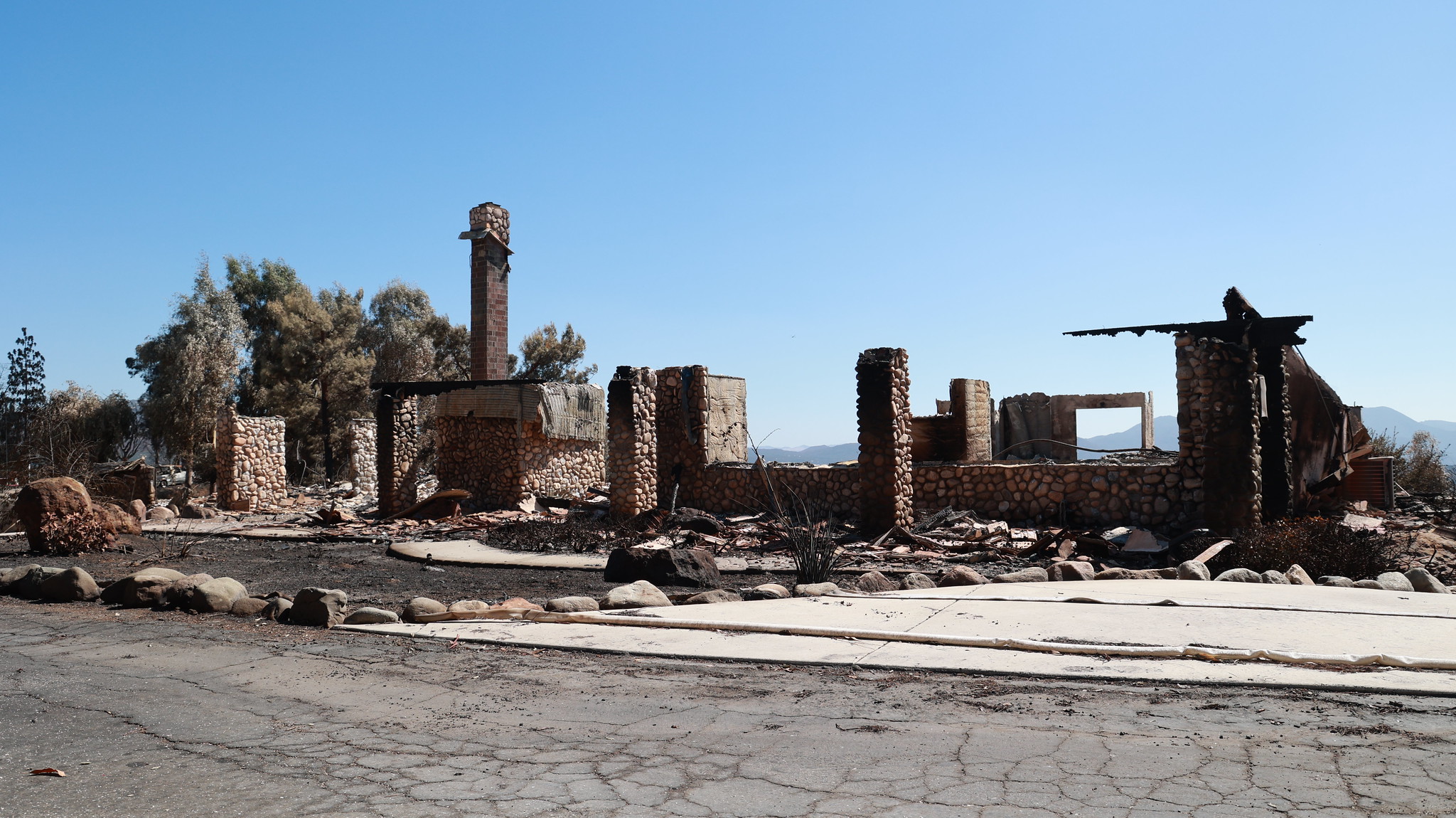
State Commission Adopts Report on Wildfire Insurance Crisis
November 7, 2024 – The nonpartisan Little Hoover Commission adopted a report on California’s ongoing property insurance crisis which was issued for public review earlier in the week. The report, which was developed over the course of 2024 through hearings, interviews, and public comment from impacted stakeholders, contains several recommendations to state lawmakers for addressing California’s insurance crisis for areas with high wildfire risk, including:
- Allowing insurers to use catastrophe models for pricing, but requiring that wildfire mitigations performed by homeowners are reflected in those models;
- Creation of an independent panel of experts to evaluate the usage of those models, rather than relying on the California Department of Insurance’s internal processes; and,
- Forming a state working group of wildfire experts to develop a minimum set of wildfire mitigation standards for homeowners and communities to undertake.
CAL FIRE Funds 94 Wildfire Projects
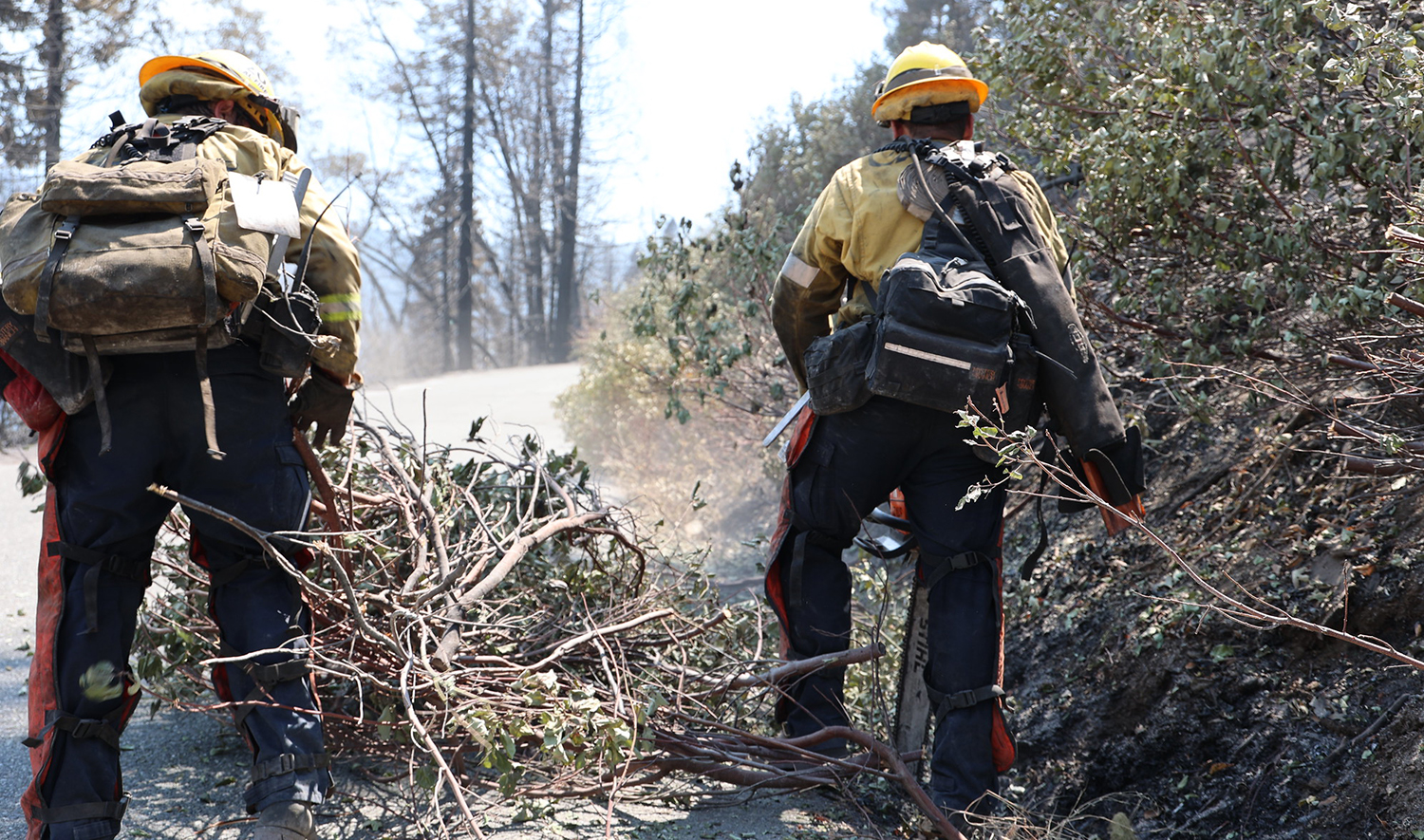
CAL FIRE Funds 94 Wildfire Projects to Build Climate and Community Resilience
August 20, 2024 – CAL FIRE announced grants with $90.8 million in funding for 94 local wildfire prevention projects across California. Wildfire Prevention Grant projects include hazardous fuels reduction and wildfire prevention planning and education, with an emphasis on improving public health and safety while reducing greenhouse gas emissions.
Over two-thirds of the projects will go to communities that are low-income and disadvantaged. These grants bring CAL FIRE’s Wildfire Prevention Grants Program total funding to $450 million that have supported over 450 projects across the state which have collectively accelerated progress toward the goals of California’s Wildfire and Forest Resilience Action Plan.
New Web Resources Help Californians Find Relief from Smoke and Prepare for Wildfires
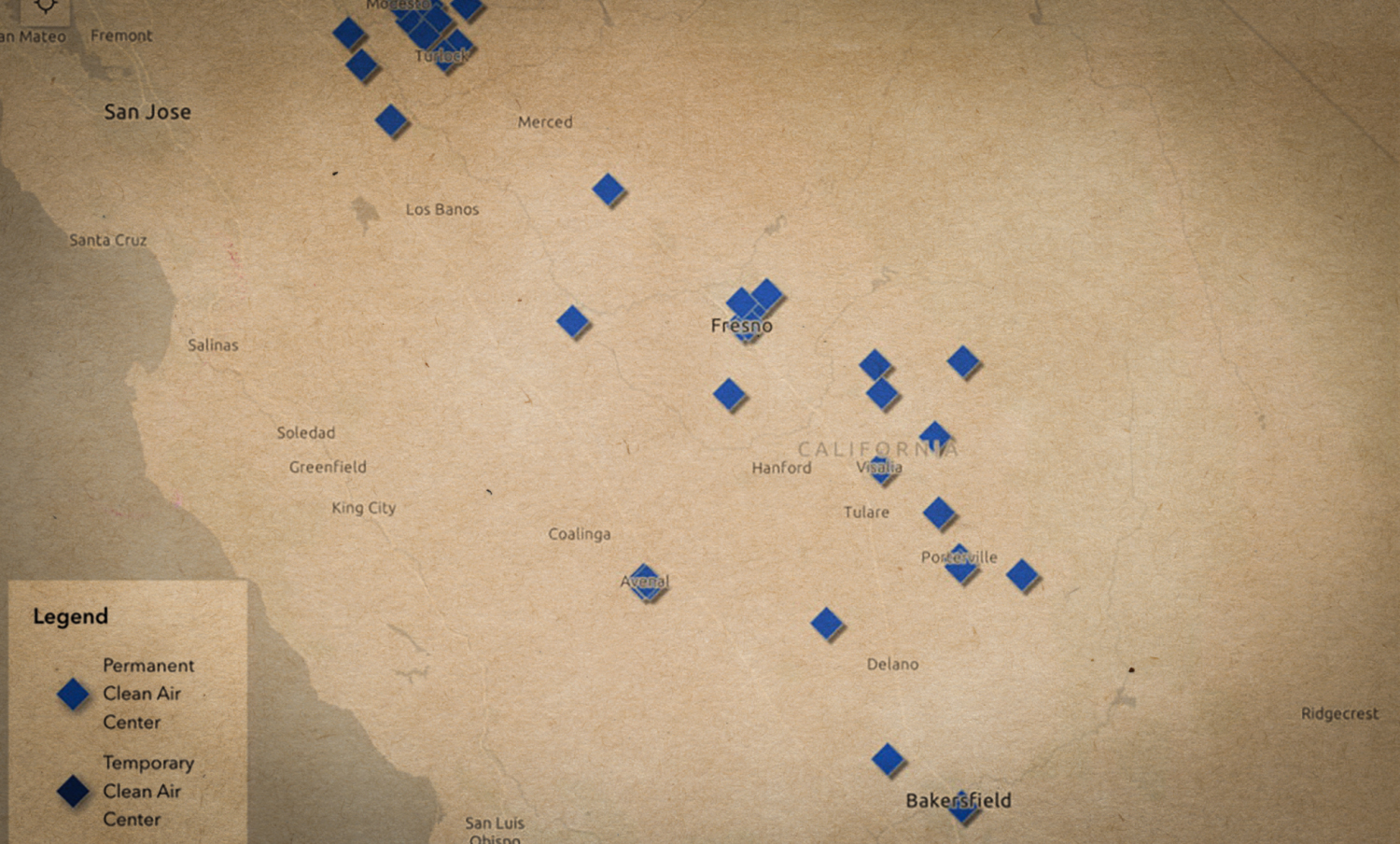
New Web Resources Help Californians Find Relief from Smoke and Prepare for Wildfires
June 24, 2024 – Clean Air Centers Maps Shows Where to Find Relief from Wildfire Smoke: The California Air Resources Board announced the launch of an interactive, statewide map that offers a one-stop-shop for information about the location and services available at Clean Air Centers. Clean Air Centers will offer Californians who don’t have access to adequate air filtration a safe place to go during periods of heavy smoke. Built in collaboration with local air quality control districts, the online map makes it possible to see where Clean Air Centers are located and provides easy-to-access information, including operating hours, contact information and on-site resources like free Wi-Fi.
CAL FIRE Updates Wildfire Preparedness Website: In preparation for the fire year, CAL FIRE has updated the ReadyForWildfire.org site. This one-stop-shop provides advice and guidance on everything from home hardening and defensible space, to what to pack for evacuation, to what California is doing to enhance and protect forest health.
Proposed Regulation Aims to Expand Insurance Coverage in High Wildfire Risk Areas
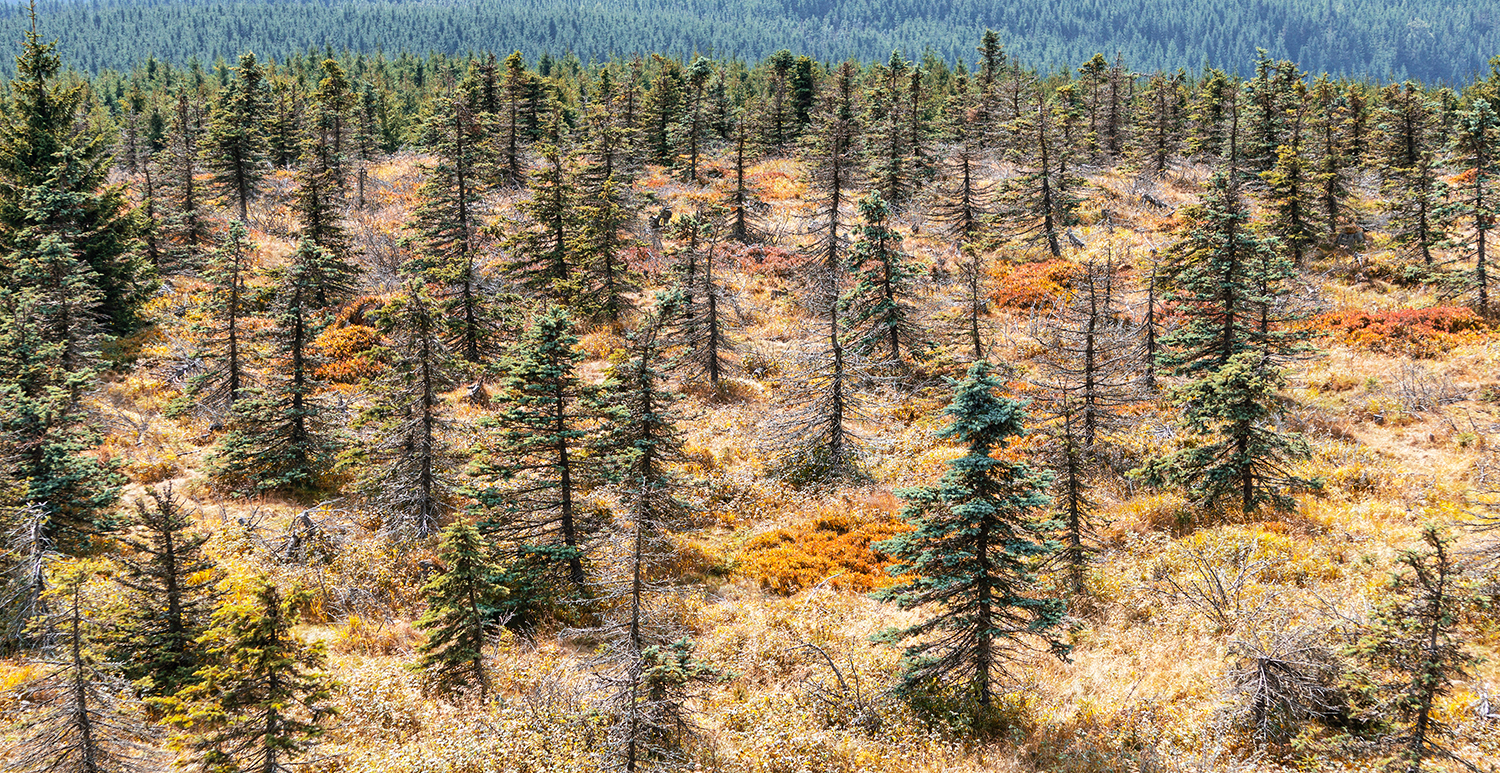
Proposed Regulation Aims to Expand Insurance Coverage in High Wildfire Risk Areas
On June 12, the California Department of Insurance announced a new draft regulation to get more insurance coverage options for Californians in areas particularly threatened by wildfires. This new regulation will require that insurers that use new catastrophe modeling must write more policies in distressed areas, with larger insurance companies required to insure properties in distressed areas at a rate equal to 85% of the insurer’s statewide market share. Governor Newsom provided his support for the regulation, which is part of the Sustainable Insurance Strategy, a package of reforms to strengthen California’s marketplace and maintain strong consumer protections.
Wildfire Preparedness Week – Meeting the Mission Through Partnerships
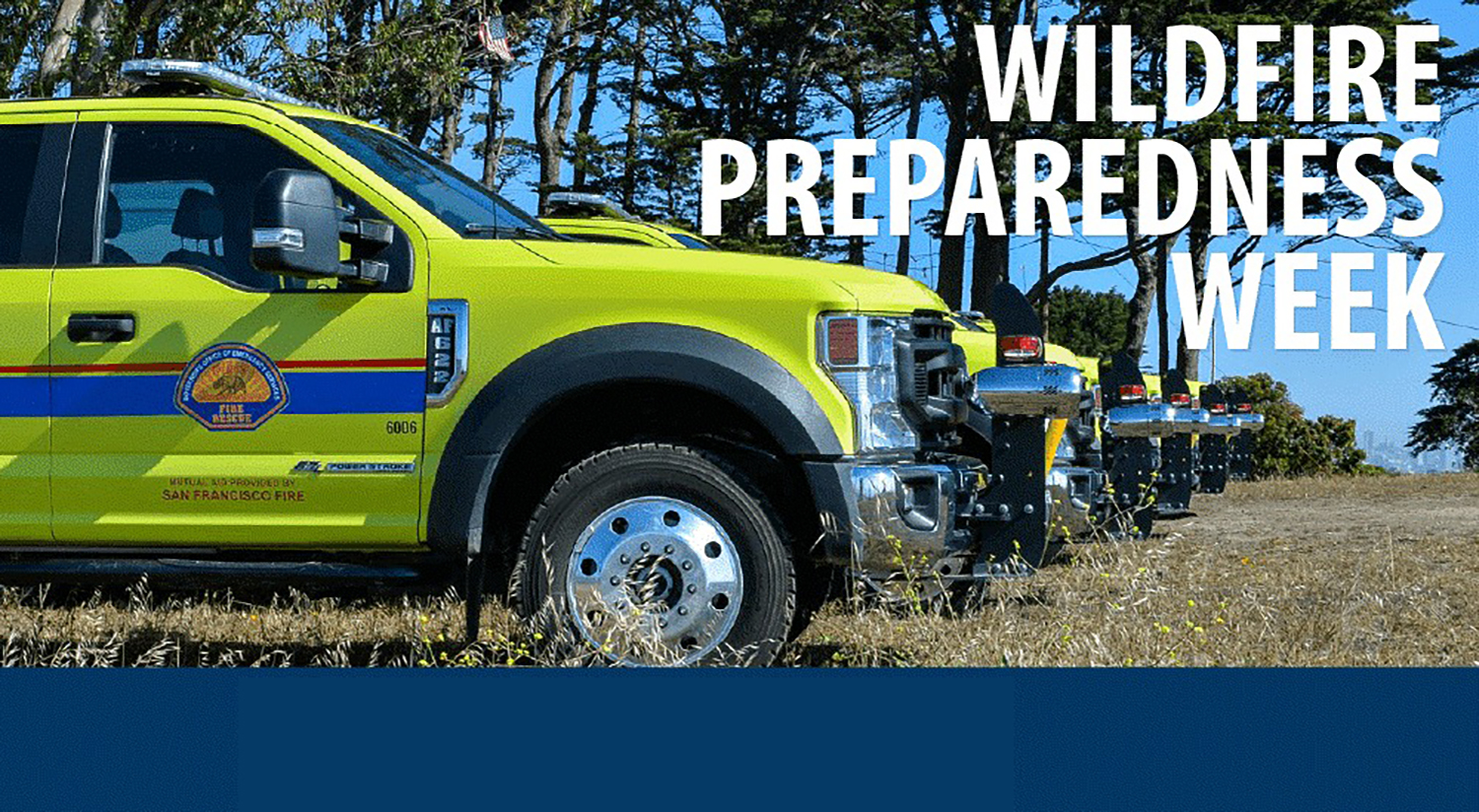
Wildfire Preparedness Week – Meeting the Mission Through Partnerships
May 5, 2024 – Governor Newsom issued a proclamation declaring May 5-11, 2024 as California’s “Wildfire Preparedness Week.” This year’s Wildfire Preparedness Week theme, Meeting the Mission Through Partnerships, emphasizes the importance of collaboration and collective responsibility in reducing and managing wildfire risk. California Governor’s Office of Emergency Services (CAL OES) and CAL FIRE will be hosting a series of events to provide valuable wildfire safety and preparedness tips in Sacramento, San Mateo, San Luis Obispo, and Orange counties. Federal partners in California, including the USFS, National Park Service, BLM, and Bureau of Indian Affairs, are launching an online campaign focused on wildland fire safety and prevention while recreating on public lands.
At the community level, Californians can make their neighborhoods safer by creating defensible space around homes, hardening homes, developing wildfire action plans and teaming up to join Fire Safe Councils and Firewise Communities, which work to regularly assess wildfire risk and prioritize action to address it. Visit ReadyForWildfire.org to learn about steps to prepare for wildfire season and help prevent loss of life and property and explore the Task Force’s webpage dedicated to advancing Fire Adapted Communities.
USFS Invests $179M to Confront Wildfire Crisis
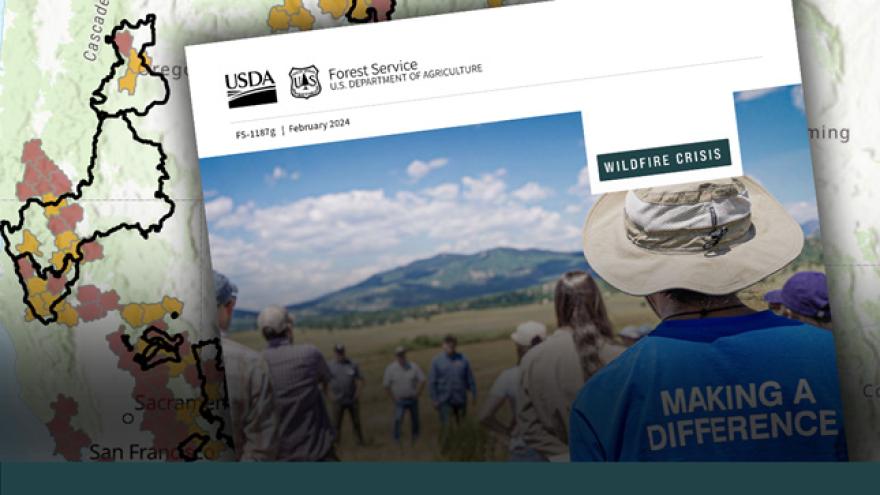
USDA Forest Service Invests Nearly $179 Million for Priority Landscapes in California to Confront Wildfire Crisis
On February 20, the USDA Forest Service announced it will invest nearly $179 million into priority landscapes across California as part of a $500 million national investment to expand work on the Wildfire Crisis Strategy to reduce risk to communities, critical infrastructure, and natural resources from the nation’s ongoing wildfire and climate crisis. This builds on the $2.8 billion already invested by Governor Newsom and California’s Legislature to take proactive actions to reduce catastrophic wildfire risks, protect communities, and restore the health of our landscapes.
“These and other federal investments are vital to match the Governor’s $2.8 billion investment over the last several years. They will also strengthen our partnership with the Forest Service, California’s largest landowner, in taking an ‘all-lands’ approach to improve the health of our forests and the safety of our communities,” said California Wildfire and Forest Resilience Task Force Director, Patrick Wright.
Funding has been designated for the following projects:
| Regional Landscapes | FY24 Allocation |
| Stanislaus | $57,663,352 |
| North Yuba | $16,489,560 |
| Sierra and Elko Fronts (includes CA & NV) | $27,692,340 |
| Klamath River Basin (includes CA & OR) | $36,831,090 |
| Plumas Community Protection | $3,522,500 |
| Southern California | $1,915,000 |
| Trinity | $34,749,886 |
| Total Allocation FY24: | $178,863,728 |
An additional $100 million will be allocated across 24 qualifying states under a new Forest Service program — the Collaborative Wildfire Risk Reduction Program which will expand work in high-risk wildfire areas outside the 21 priority landscapes. The Collaborative Wildfire Risk Reduction Program will use hazardous fuels funds from the Inflation Reduction Act to treat areas in other high-risk wildfire areas where national forests and grasslands meet homes and communities.
Fire Adapted Communities
FIRE ADAPTED COMMUNITIES
Working at the intersectionof people, fire & place
The challenges involved in adapting communities to be more fire resilient are remarkably vast and diverse. It’s also inherently local, as no two areas in the state have the exact same set of needs, values, risks, and capacities.
By aligning resources, tools and organizations, the California Wildfire & Forest Resilience Task Force is uniquely structured to address the scope and complexity of resourcing and supporting communities to achieve a more resilient future.
The Vision Statement from the Fire Adapted Communities Work Group is a testament to that approach.
“Our vision for fire-adapted communities will require working across sectors and scales in new ways by engaging people and institutions to build community capacity and partnerships, leveraging investments, and prioritizing and scaling actions for maximum impact. We will accelerate and improve the effectiveness of fire prevention, planning, mitigation, response, evacuation, and recovery. We will embrace holistic and equitable approaches that empower our communities and build sustained wildfire resilience at all scales, while respecting the diverse places and landscapes across our state.”
California’s communities will become more resilient to wildfires by redefining our relationship with fire, protecting and sustaining our people and the places we live, and working towards a fire-adapted future.
FAC Roadmap and Dashboard Project
The Task Force’s Fire Adapted Communities Work Group, with help from Resources Legacy Fund, CAL FIRE, Ascent and others, initiated the FAC Roadmap and Dashboard Project – a strategic statewide initiative focused on fire-adapted and resilient communities, expanding, and building upon other ongoing California wildfire resilience initiatives.
The FAC Roadmap will serve as the strategic plan and implementation strategy for the community fire adaptations and resilience effort of the Task Force, with specific goals and strategic actions that both inform and serve as a critical source of content for the next update to the Action Plan in 2024.
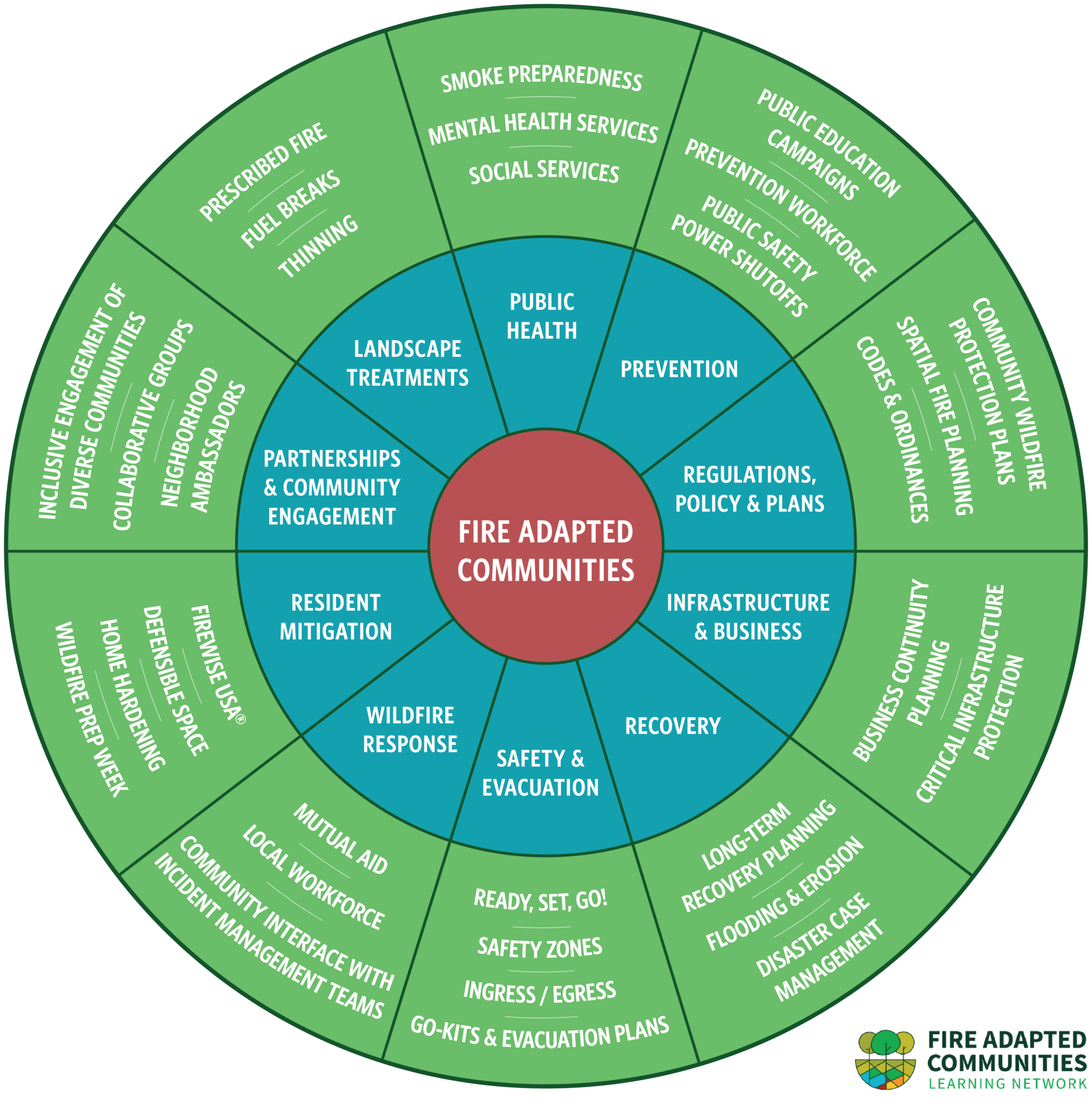
The FAC Framework and Components
The FAC Wheel serves as the organizational foundation for developing a strategic statewide framework for community-focused fire adaptation and resilience. The blue inner ring displays the main framework components, while the green outer ring displays examples of specific programs or activities communities can engage in. The Wheel describes a set of components that make up community wildfire adaptation, but it should be noted that it is not a check-list or “one-size-fits-all” approach; every community’s journey to living better with fire is unique.
COMPONENTS
Prevention
Most wildfires begin with human-caused ignitions, and efforts are already in place to address and reduce these ignitions. For example, electric utilities play a significant role in ignition prevention, and public awareness campaigns can play major roles in prevention, among other efforts.
Actions:
- Action 2.11: Maintain Fire Prevention Grants.
- Action 2.21: Review Wildfire Mitigation Plans.
- Action 2.22: Coordinate Utility-Related Wildfire Mitigation Initiatives.
- Action 2.23: Expand United States Forest Service (USFS) Master Special Use Permits.
Other Efforts:
· CAL FIRE “One Less Spark” Campaign
· Fire Weather Watches and Red Flag Warnings
· OSFM Fireworks Program
· OSFM Wildfire Prevention Guides
· Public Safety Power Shutoffs
· Reducing Utility-Related Wildfire Risk: Utility Wildfire Mitigation Strategy and Roadmap for the Wildfire Safety Division
Resident Mitigation
Fire hazard mitigation in the residential context includes protecting both individual homes and properties, as well as overall neighborhood- or community-scale implementation, to reduce the risk of fire-related damage or loss caused by embers, radiant heat exposure and combustion, or direct flame contact.
Resident mitigation efforts include defensible space, home hardening, and fire-resistant landscaping and building materials, among others. It is important to note that these concepts are not unique to single-family homes, but also includes multi-family properties, manufactured homes, and other housing types, to ensure protection that spans the entire community.
Additionally, while the FAC framework does not include a “commercial mitigation” component, some concepts addressed under resident mitigation may also apply to infrastructure and businesses.
Actions:
- Action 2.19: Develop WUI Fire Safety Training Manual
- Action 3.8: Launch Catalyst Fund Forest Investments
- Action 3.9: Develop X-Prize for Wood Product Innovation
- Action 3.10: Address Feedstock Barriers through Pilot Projects
- Action 3.11: Develop Statewide Forest and Wood Products Workforce Assessment
- Action 3.12: Maintain and Develop Removal Incentives
Other Efforts:
· California Climate Insurance Working Group
· California Fire Safe Council
· California Wildfire Mitigation Program
· CAL FIRE County Coordinator Grant Program
· CDI “Safer from Wildfires” Initiative and Regulations
· Defensible Space Regulations
· Fire Aside ChipperDay Platform
· IBHS “Wildfire Prepared Home” Program
· Local Home Retrofit and Defensible Space Assistance Programs
· NFPA “Firewise Communities” Firewise USA® Recognition Program
Infrastructure & Business
Wildfires can affect a wide array of assets that are vital to a functioning community, including infrastructure and local businesses. This component of FAC is related to critical facility and infrastructure protection (e.g., hospitals, water infrastructure), along with business continuity, resilience, and the role of private businesses in addressing wildfire risk and supporting wildfire resilience.
Actions:
- Action 2.8: Develop Defensible Space and Home Hardening Curriculum
- Action 2.12: Extend Defensible Space Programs
- Action 2.13: Expand Assistance Programs
- Action 2.14: Increase Defensible Space Inspections
- Action 2.15: Improve Defensible Space Compliance
- Action 2.16: Create a Model Defensible Space Program
- Action 2.17: Expand Home Hardening Programs
- Action 2.18: Develop Home Hardening Guidance
- Action 2.20: Develop Insurance Memorandum of Understanding (MOU)
Other Efforts:
- FEMA Continuity Guidance Circular and Continuity Resource Toolkit
- Local Business Resiliency Initiatives
- NFPA 1600® Standard on Continuity, Emergency, and Crisis Management
- Planning and Investing for a Resilient California: A Guidebook for State Agencies
- PROTECT Program
Community & Regional Planning
Community and regional planning efforts provide an excellent opportunity for localities to reduce wildfire risk within their jurisdictions. Planning, at its foundation, is an articulation of how local or regional governments, residents, and other stakeholders want their communities to look, feel, and function in the future. In WUI areas, or any areas where there are wildfire-related concerns, community and regional planning can set a vision with actionable policies and programs for building resilience to wildfires.
Actions:
- Action 1.18: Develop Prescribed Fire Strategic Action Plan
- Action 1.29: Develop Network of Regional Forest and Community Fire Resilience Plans
- Action 1.36: Complete Timber Harvesting Plan Guidance Documents
- Action 2.4: Update the Fire Hazard Planning Technical Advisory
- Action 2.5: Develop WUI Best Practices Inventory
- Action 2.6: Develop Community Wildfire Protection Plan (CWPP) Best Practices Guide
- Action 2.21: Review Wildfire Mitigation Plans.
- Action 2.26: Assist with General Plans
- Action 4.1: Complete Applied Research Plans
Other Efforts:
- CAL FIRE Land Use Planning Program
- Climate Adaptation Plans
- Community Wildfire Protection Plans
- Fire Hazard Planning Technical Advisory
- General Plans
- Joint Powers Agreements
- Local Hazard Mitigation Plans
- Regional Forest and Fire Capacity Program
- Examples and Best Practices for California Communities
Landscape Treatment
Landscape treatments refer to a suite of measures that strategically manage fuel loads to reduce fire risk. Specifically, these measures can include conducting prescribed burns, developing fuel breaks, thinning roadside vegetation, and generally ensuring that forests, woodlands, or other highly vegetated areas are treated in a way that reduces the risk of wildfire ignition and spread.
Actions:
- Action 2.9: Develop and Maintain 500 Fuels Management Projects
- Action 2.10: Link with Landscape Scale Projects
- Action 2.25: Develop Framework for Safe Road Corridors
- Action 2.27: Expand Highway Treatments
- Action 2.28: Develop Good Neighbor Agreement
Other Efforts:
- CAL FIRE Forest Stewardship Program
- CAL FIRE Prescribed Fire Claims Fund Pilot Program
- CAL FIRE Vegetation Management Program
- CAL FIRE Wildfire Prevention Grants Program
- California Vegetation Treatment Program
- California’s Strategic Plan for Expanding the Use of Beneficial Fire
- Keepers of the Flame
- Roadmap to a Million Acres
Safety & Evacuation
The concepts of safety and evacuation are crucial components of FAC because there will always be some degree of risk—even if measures are taken to reduce risk and build resilience to wildfires, that risk will never be zero. The first and utmost priority when it comes to wildfire, or any hazard, is to protect and sustain human lives, and that could be reflected in pre-fire preparedness, wildfire safety programs and procedures, and robust evacuation planning and execution, among others.
Actions:
- Action 2.24: Identify Subdivision Secondary Emergency Access
- Action 2.25: Develop Framework for Safe Road Corridors
- Action 2.26: Assist with General Plans
- Action 2.27: Expand Highway Treatments
- Action 2.28: Develop Good Neighbor Agreement
- Action 2.29: Expand Messaging Campaign
Other Efforts
- Assembly Bill 747 (Levine, 2019)
- Assembly Bill 1409 (Levine, 2021)
- CAL FIRE Subdivision Review Program
- Medical Baseline Program
- Microgrid Incentive Program
- PG&E Backup Power Transfer Meter Program
- PG&E Portable Battery Program
- “Ready, Set, Go” Campaign
- Senate Bill 99 (Nielsen, 2019)
Public Health
Wildfire can affect people’s physical and mental/emotional health significantly. Perhaps most notably, smoke from wildfires can result in an array of human health impacts (e.g., respiratory issues). However, wildfires can also lead to water supply and soil contamination, along with a severe mental health toll caused by death or injuries to loved ones, property damage or loss, temporary or long-term displacement, and other impacts. A strategic framework for fire-adapted and resilient communities must consider and prioritize public health.
Actions:
- Action 1.39: Update Prescribed Fire Information Reporting System (PFIRS)
- Action 2.30: Launch Smoke Ready California Campaign
- Action 2.31: Release California Smoke Spotter App
- Action 2.32: Enhance Prescribed Fire Reporting
Other Efforts:
- California Smoke Blog
- Protection from Wildfire Smoke Standard
- Wildfire Smoke Clean Air Centers for Vulnerable Populations Incentive Pilot Program
- Wildfire Smoke: Considerations for California’s Public Health Officials
Recovery
The goal of disaster recovery is timely restoration, strengthening and revitalization of infrastructure, housing, and a suitable economy, as well as the health, social, cultural, historical, and environmental fabric of affected communities. In the context of fire, recovery refers to the comprehensive and coordinated process of both short-term actions that typically begin after a wildfire has been contained, as well as longer-term, ongoing actions that serve as steps towards rebuilding communities that have been impacted by wildfire. Wildfire recovery is intrinsically broad, as it touches on many different aspects of society and requires coordination between an array of actors.
Actions:
- Action 1.34: Develop Coordinated State Restoration Strategy
Other Efforts:
- California Community Foundation Wildfire Recovery Fund
- California Disaster Assistance Act
- California Disaster Recovery Framework
- California Wildfire Fund
- Consolidated Debris Removal Program
- EDA Economic Adjustment Assistance Program
- FEMA Public Assistance and Individual Assistance
- Fire Victim Trust
- HUD Community Development Block Grant Programs
- USDA Disaster Assistance Programs
case study #1
A Collaborative Approach Limited Damage Near Susanville
The destruction of the 2020 fire season was neither uniform nor completely random. In many places where public and private partners had already completed work to improve forest health, fires appeared to burn in less dangerous and destructive ways.
case study #2
Strategic Restoration Efforts Saved Homes Near Quincy
The unusually strong August lightning storm that sparked fires across California included 20 ignitions on the Mt. Hough Ranger District of the Plumas National Forest. Several of these merged to become the North Complex, the second-largest Sierra Nevada fire and the deadliest in all of California in 2020.
case study #3
How Effective Land Use Planning Can Help Communities Better Prepare for Wildfire
Molly Mowery, AICP, Executive Director of the community Wildfire Planning Center shares research results that shows how smart and forward-thinking land use planning can help communities better live with wildfire.
case study #4
How Community Wildfire Protection Plans Are Making A Difference in Lake County.
With many communities preparing to take advantage of Community Wildfire Defense Grants, a victim of the Valley Fire shares lessons on keeping your area’s CWPP viable and effective for greater community resilience.
case study #5
Community Partners In Sonoma County Formed A Mental Health Collaborative For Wildfire Survivors
Health problems triggered by stress and trauma from wildfires can develop if communities don’t have the resources to respond. This collaborative in Sonoma County brings trauma informed care to survivors.
Fire Adapted Communities is really about the intersection of people, fire, and place.
– Michelle Medley-Daniel, Fire Networks Co-Director
Guiding Principles
-
- Recognize that climate change, along with decades of suppression-dominated solutions, is increasing the severity and scale of catastrophic wildfires that threaten the health and safety of our people and lands. We must take decisive and potentially disruptive actions to change our course to realize our vision for a fire adapted future and build sustained resilience in the years and decades to come.
-
- Redefine our understanding of and relationship to fire as a natural and indigenous element in the landscape that must be understood, respected, and managed safely through increased education, partnerships, and cross-sectoral engagement with Indigenous, Tribal, and scientific and advocacy communities.
-
- Use holistic, equitable, and community-centered approaches that empower local action and build resilience at all scales, in partnership with and support from public and private entities.
-
- Engage and build community capacity to reduce risks to public health, safety, and property.
-
- Recognize the connections between healthy and vibrant landscapes and community resilience and broaden community education and support for the use of beneficial fire and other landscape management techniques.
“The Task Force is shining a light on some very complicated issues. We’re creating a vision for what adaptation means, and that needs be locally driven.”
– Yana Valachovic, UC Cooperative Extension
PROGRESS METRICS
Progress On Task Force Fire Adapted Communities Key Actions
The table below shows Key Actions for California’s Wildfire & Forest Resilience Action Plan that are assigned to the Fire Adapted Communities Workgroup. Sort by status to see level of progress completion.
Fuel Reduction Treatment Trackers
“There are lots of valid pathways to living better with fire, and Fire Adapted Communities is about articulating those and helping those communities enact those visions.”
– Michelle Medley-Daniel, Fire Networks Co-Director
TASK FORCE MEETING PRESENTATIONS
On December 15 the Task Force met in Sacramento for its final quarterly meeting of 2023. The primary focus was on Fire Adapted Communities. Below are several presentations that provide comprehensive and current overviews of the state of community adaptation.
California’s Progress on Empowering Community Adaptation: Daniel Berlant from CAL FIRE and CA Fire Safe Council’s Jacy Hyde shared updates on how both statewide programs and local communities are building adaptive capacity and improving wildfire outcomes.
California’s Roadmap for Creating Fire Adapted Communities: Two members of the Task Force’s Fire Adapted Communities Work Group — Steve Hawks from CAL FIRE and Erik de Kok, representing Ascent Environmental — shared updates on the Work Group’s recently completed Baseline Assessment and next steps in developing a statewide roadmap for community fire adaptation.
Regional Leaders’ Perspective on Community Resilience to Fire: In a panel moderated by Molly Mowery of Community Wildfire Planning Center, regional leaders from across the state discussed pressing issues communities are facing to better adapt to fire, and the best ways state and federal institutions can support progress at the community level.
FIRE ADAPTED COMMUNITIES WORK GROUP
On the FAC Work Group page you’ll find additional news and updates along with resources, Work Group leadership and Partners.
2023 Year in Review
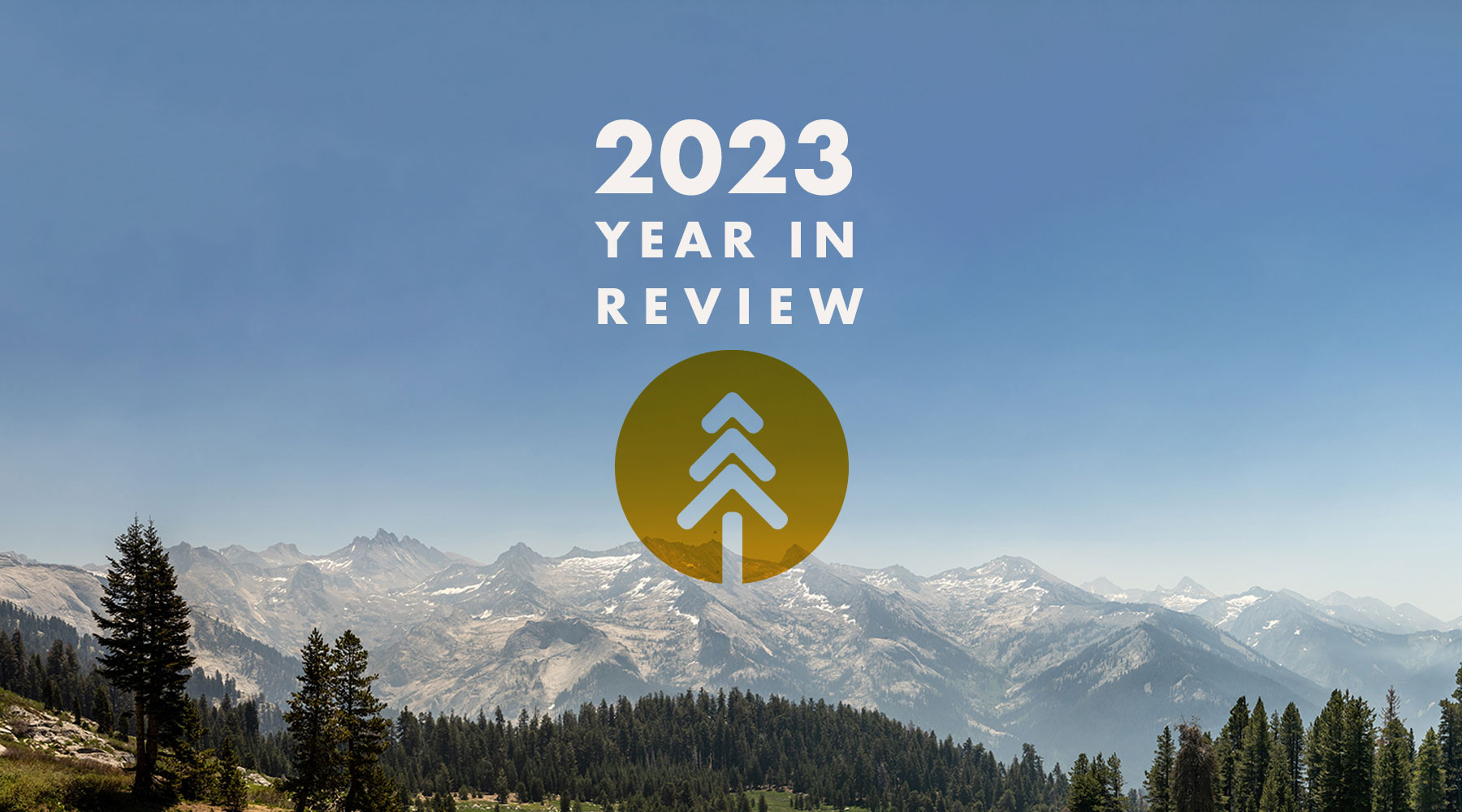
Thank you for being interested and involved in wildfire and landscape resilience efforts in California. Here’s a brief review of 2023 and a preview of what's ahead in 2024. The Task Force Team wishes you and your families a safe, happy and healthy 2024.
2023 highlights
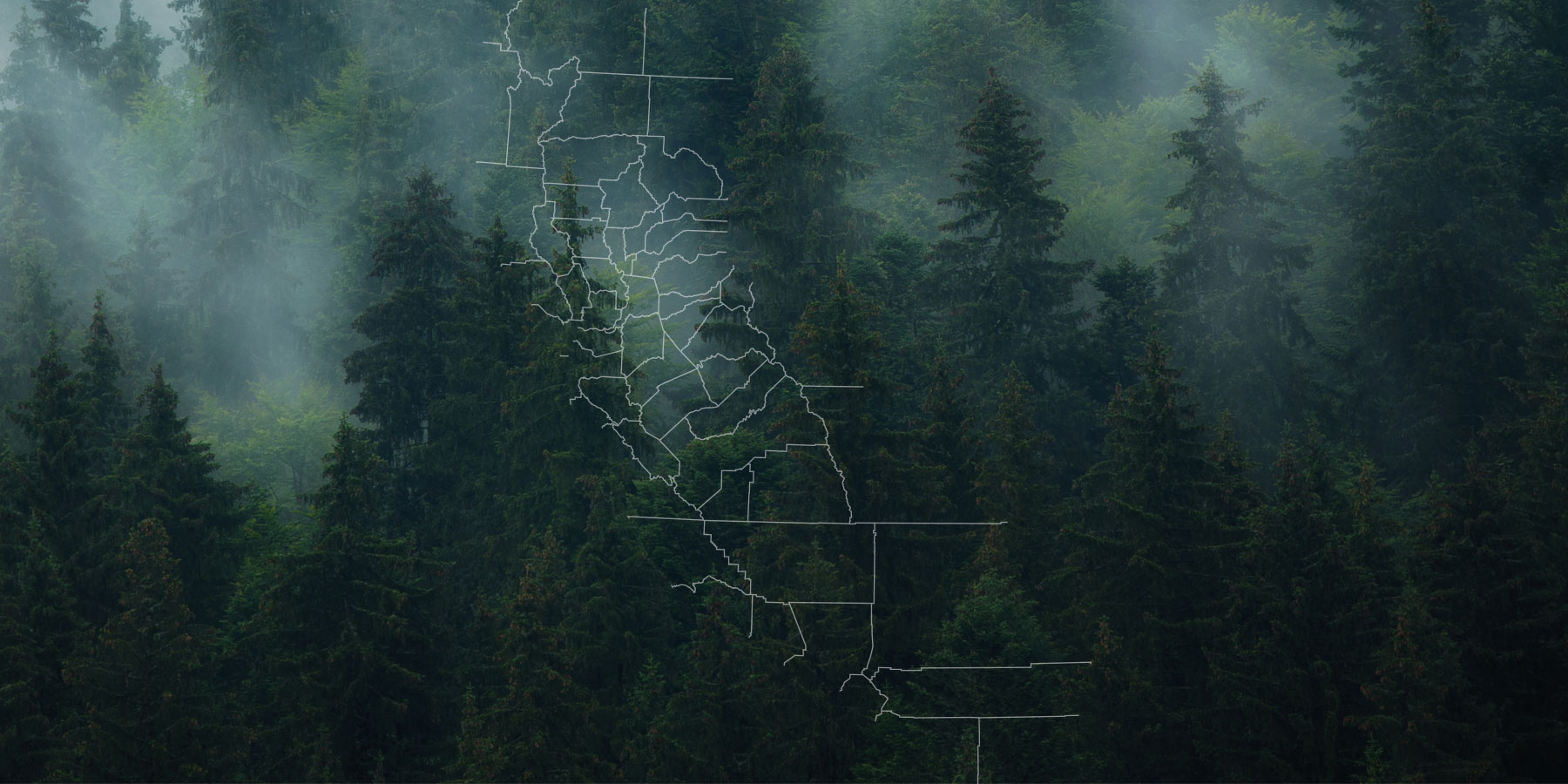
Regional Resource Kits Finalized
Regional Profiles and Regional Resource Kits are now available for all four regions of California. The kits bring together the scientific data needed to help regional entities plan, prioritize and monitor projects.

Treatment Dashboard Launched
The Wildfire & Landscape Resilience Interagency Treatment Dashboard is a highly interactive online tool that displays the location and size of wildfire and landscape resilience treatments throughout the state, helping to guide practitioners on where to plan new projects.
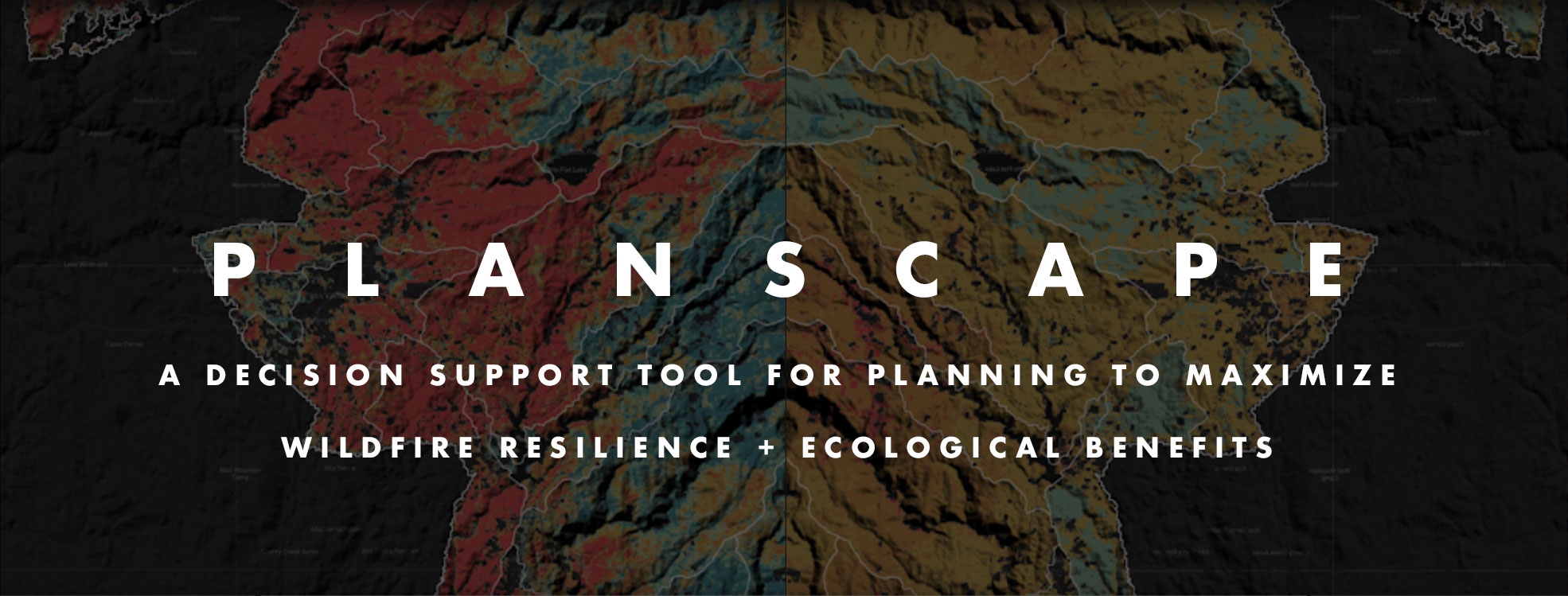
Planscape Beta Available
With a full launch expected in 2024, Planscape can be accessed now to test the early functionality and share feedback. This unique wildfire resilience decision support tool helps regional planners prioritize landscape treatments to mitigate fire risk, maximize ecological benefits, and help landscapes adapt to climate change.
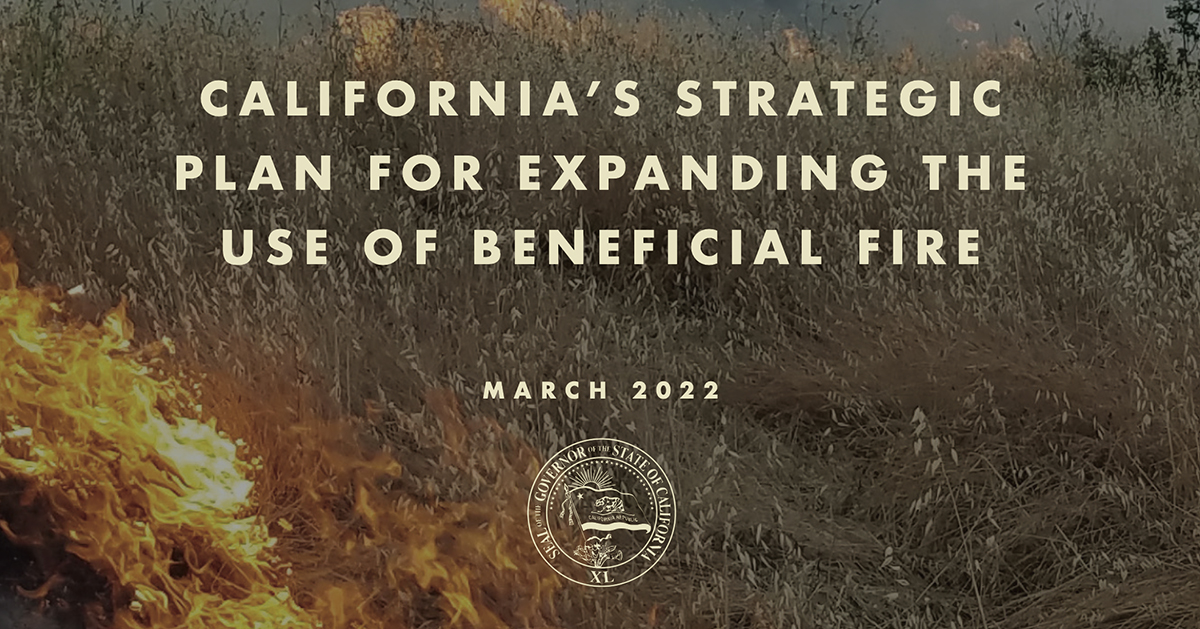
Joint Strategies Completed for Beneficial Fire and Sustainable Outdoor Recreation
Task Force Work Groups completed and launched their Joint Strategies as required in California’s Wildfire & Forest Resilience Action Plan. Click below to see them, and look forward to Reforestation Pipeline, Resilient State Lands and Private Landowner strategies to be published in early 2024.
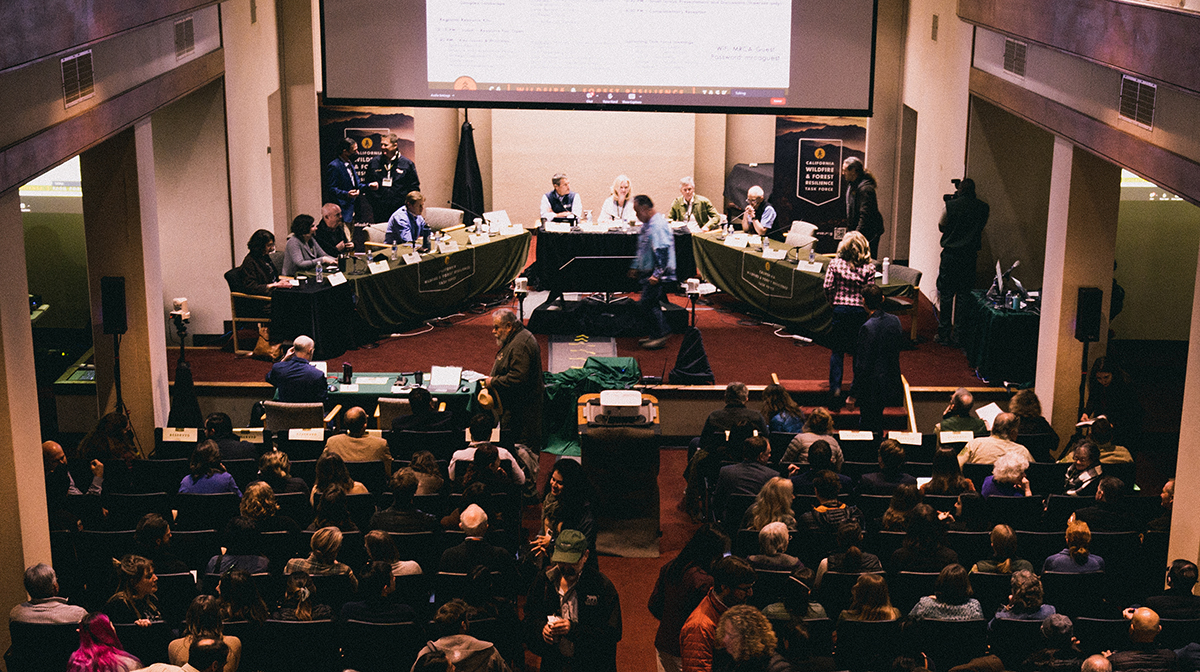
Regional Meetings in Southern, Central and Northern California
There’s no better way to align resources than bringing people together to focus on regionally specific issues. Three regional meetings were held in 2023, and three more in Sacramento. Hundreds of people came away from the meetings having learned new information, and having made new connections, and inspired to make positive change.
spread the word in 2024
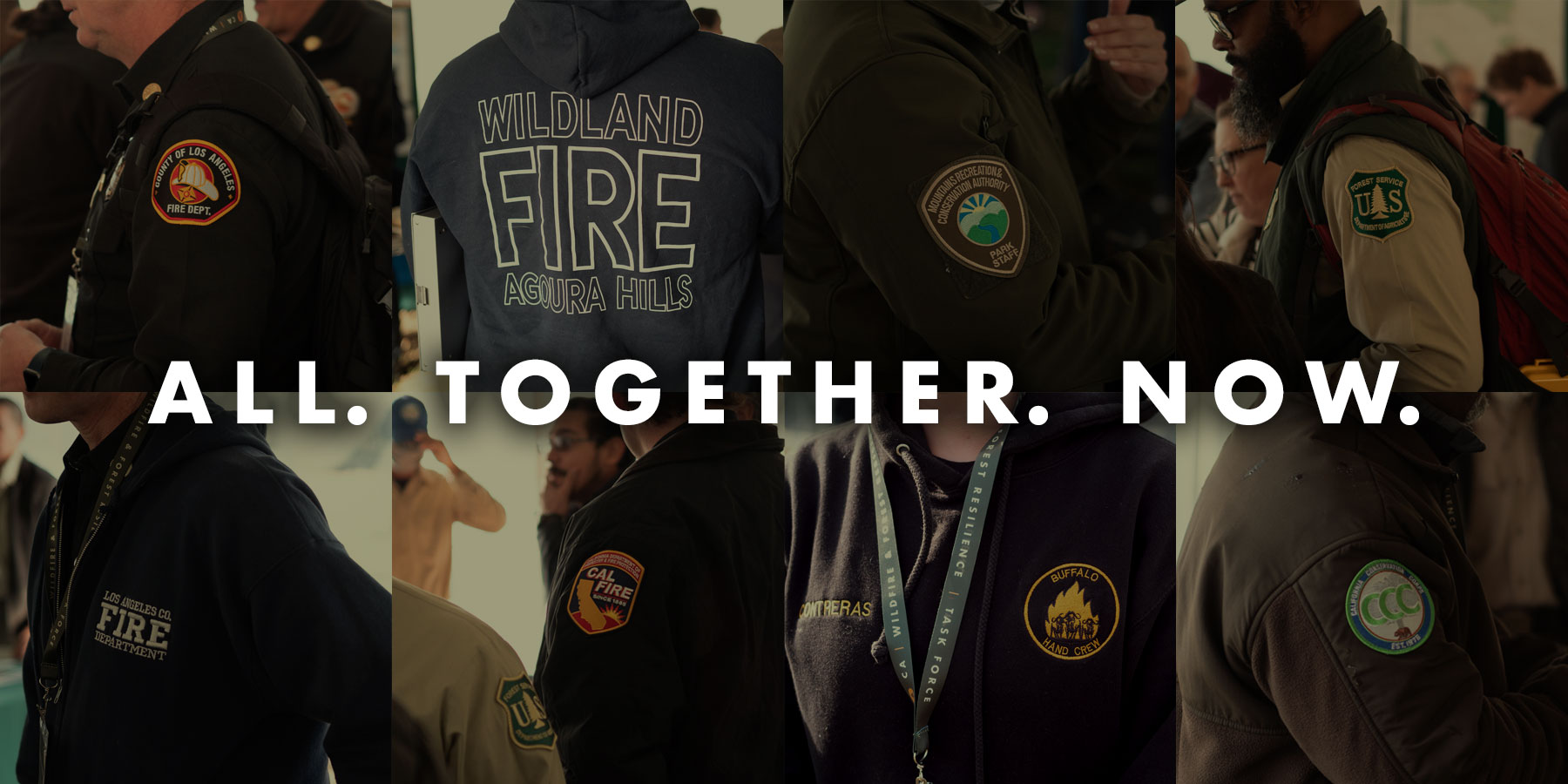
Promote the Task Force in Your Communications
The Task Force is an important source of vital information on the combined efforts of those involved in landscape resilience and wildfire prevention in California. Please follow and share Task Force communications when you can.
Join us at our Upcoming Meetings
April 4-5: Southern CA Region
June 20: Sacramento
September 26-27: Sierra Region
December 13: Sacramento
RESOURCES
ABOUT THE TASK FORCE
The California Wildfire & Forest Resilience Task Force was created by the Office of Governor Gavin Newsom to directly confront the near perfect storm of climatic and human-caused conditions that have brought the threat of devastating wildfire and its far-reaching effects to the doorstep of nearly everyone in our state, and beyond.
The Task Force is a collaborative effort to align the activities of federal, state, local, public, private, and tribal organizations to support programs and projects tailored to the priorities and risks of each region and bring the best available science to forest management and community protection efforts.
The critical work of the Task Force effects all Californians, and Task Force meetings offer an ideal opportunity for members of the press to hear directly from those involved in the comprehensive, coordinated efforts to reduce the risk of catastrophic wildfires and create safe communities while ensuring healthier, more sustainable natural environments.
CAL FIRE Funding Grants Available for 2024
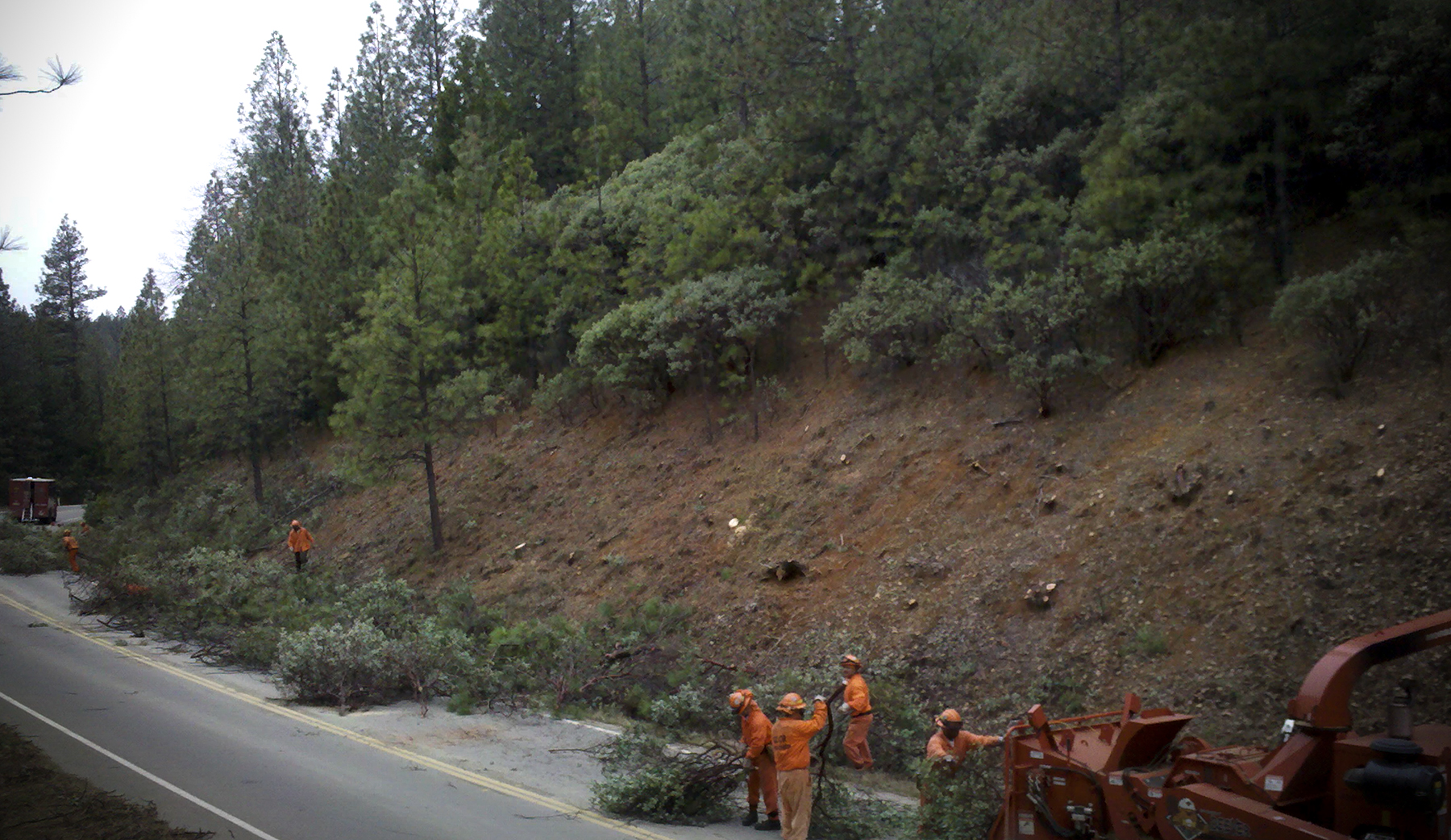
CAL FIRE Funding Grants Available
- Wildfire Prevention: CAL FIRE’s Wildfire Prevention Grant Program will award up to $117 million to local projects that address the risk of wildfire and reduce wildfire potential to communities. Applications are due January 10, 2024.
- Forest Health: CAL FIRE’s Forest Health Program will fund up to $120 million forest fuels reduction, prescribed fire, pest management and reforestation projects and $50 million post-fire reforestation and regeneration projects. View the virtual workshop. Applications are due January 15, 2024.
- Forest Health Research: CAL FIRE’s Forest Health Research Grant Program will award $4.5 million for scientific research projects that address wildfire and forest health issues critical to the State of California. Concept proposals are due January 24, 2024.
- Business and Workforce Development: CAL FIRE Wood Products and Bioenergy expects to open a solicitation for a new round of funding on January 15, 2024.
Explore the Treatment Dashboard - Take The Survey
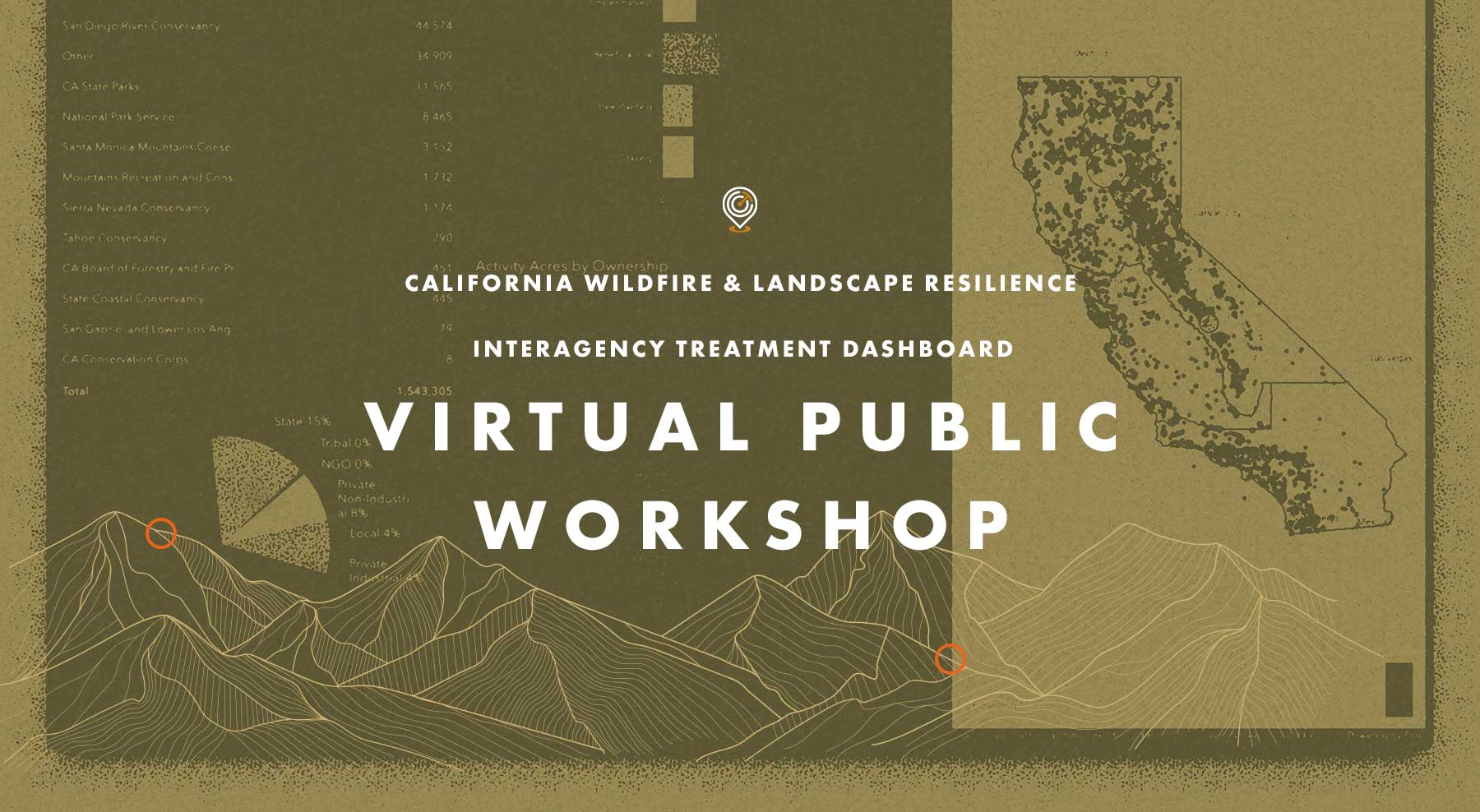
Recap: Treatment Dashboard Virtual Workshop
On Tuesday, November 14 the Task Force hosted a Virtual Public Workshop on the CA Wildfire & Landscape Resilience Interagency Treatment Dashboard. The goal of the workshop was to gather input from those using the Treatment Tracking System and Dashboard to improve how data is accessed and displayed, and to ensure we are providing transparency and effective planning information on statewide wildfire resilience treatments.
If you missed the workshop, or want to look back at what was covered, click on the buttons above to watch a video of the presentation from Alan Talhelm, Assistant Deputy Director for Climate and Energy at CAL FIRE, and a key architect of the Dashboard. You can also view and download Alan’s presentation and take a moment to answer a quick survey for gathering additional input on how the Dashboard can be most effective.

